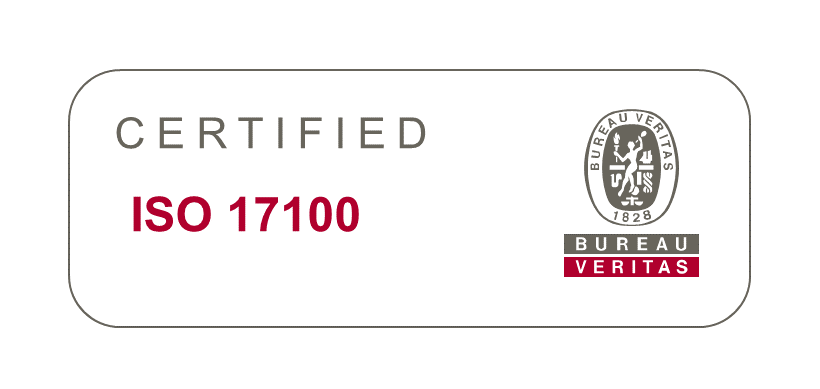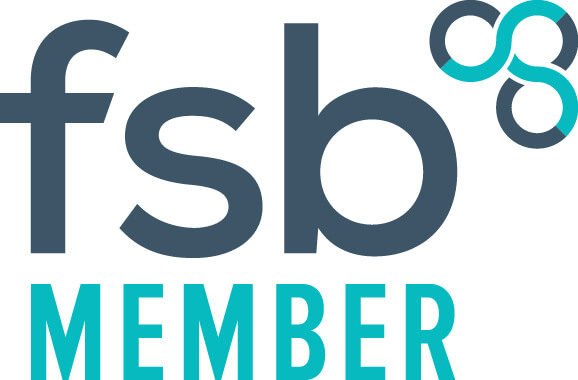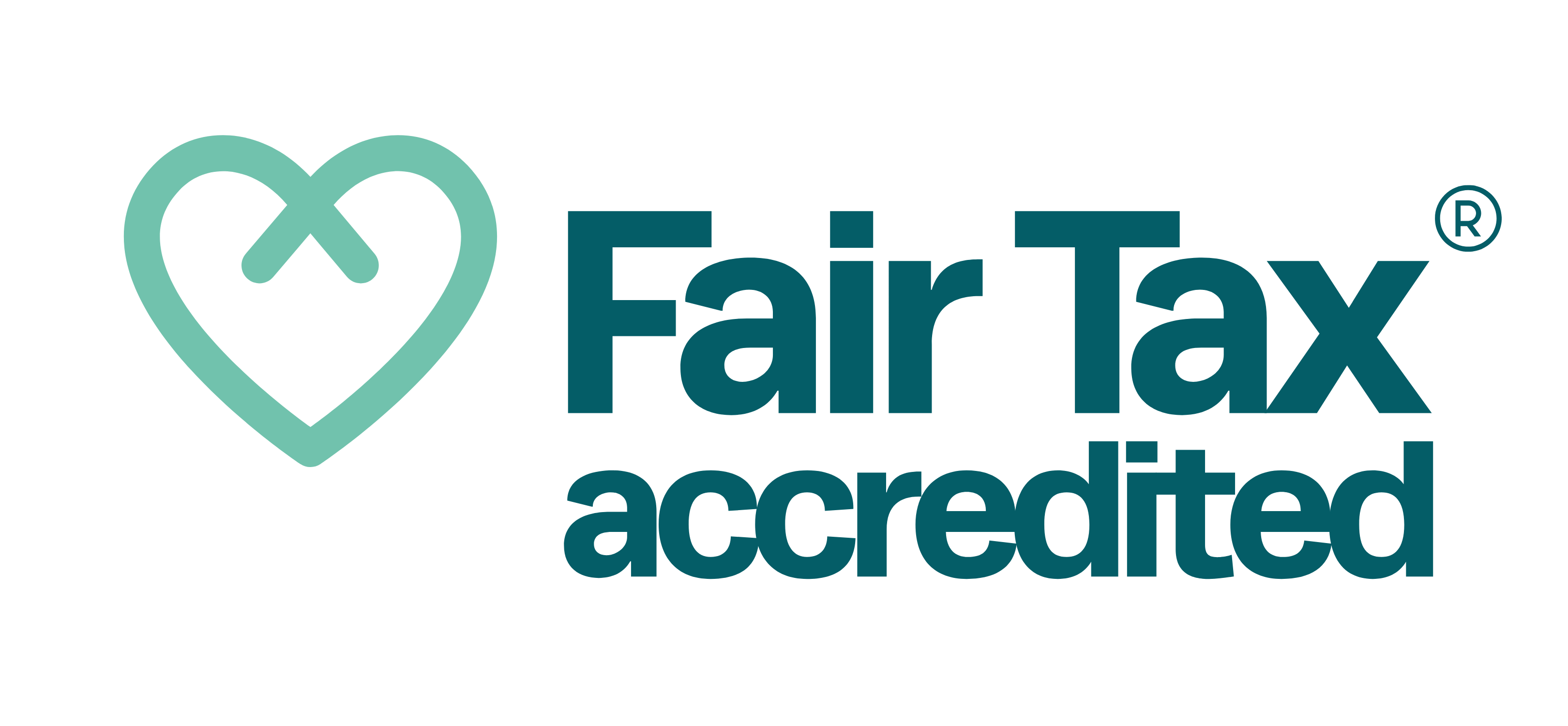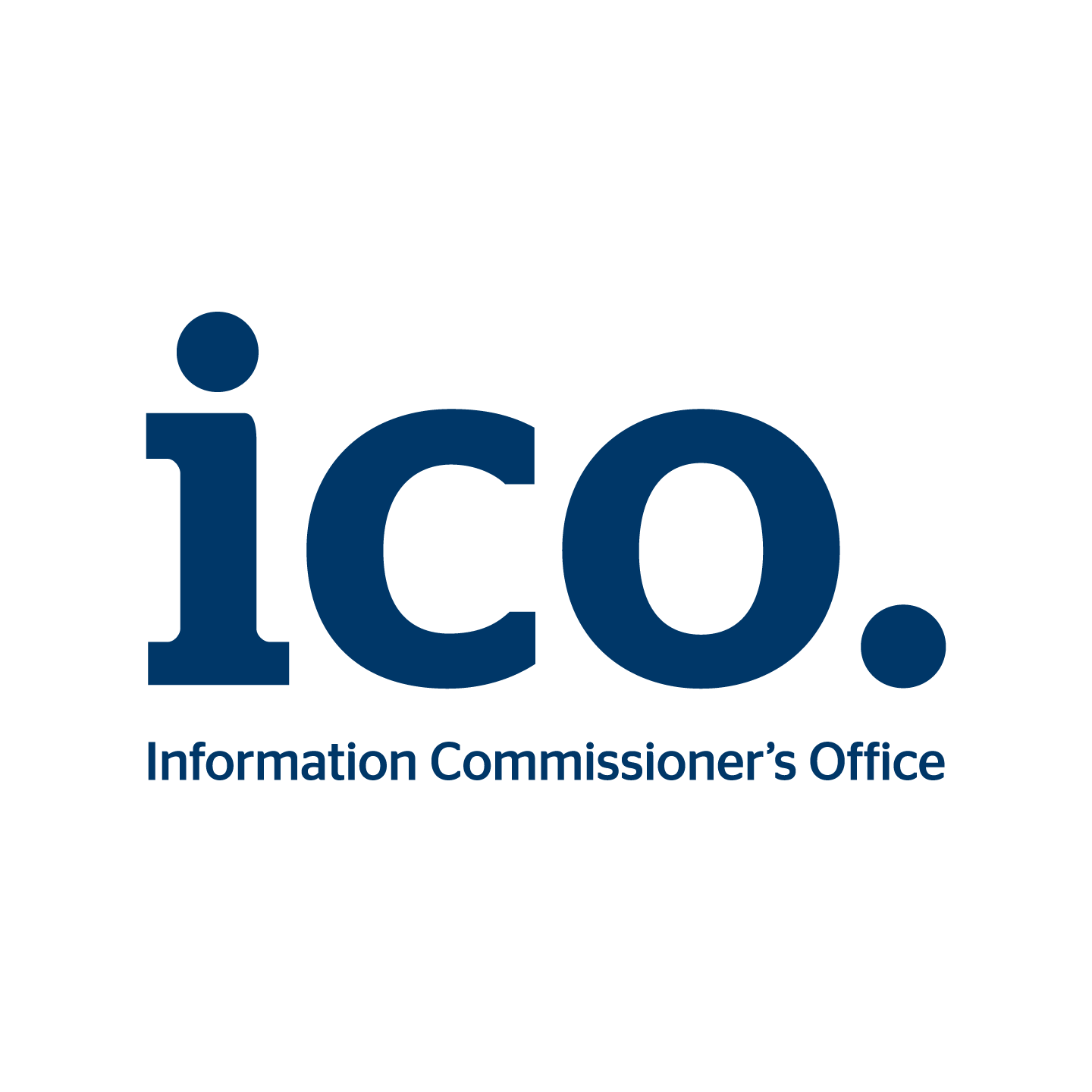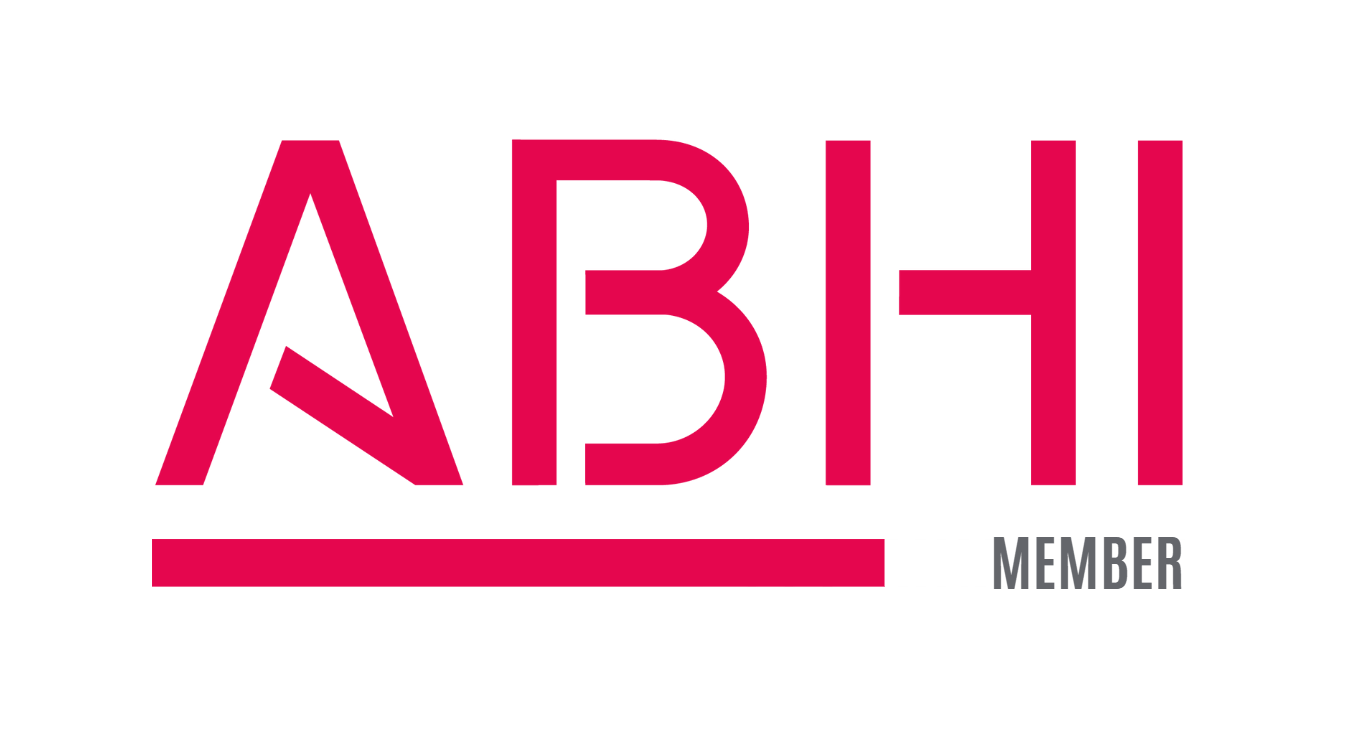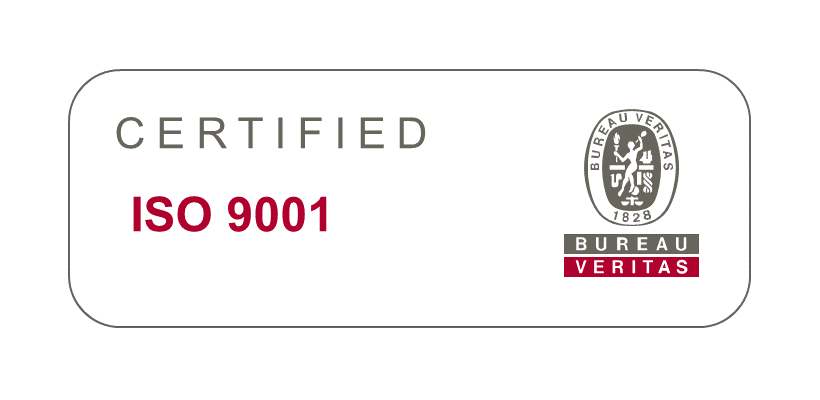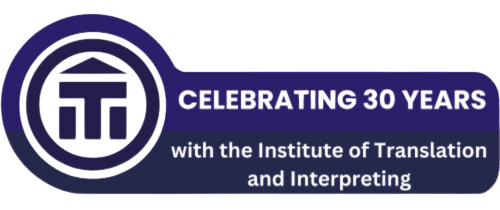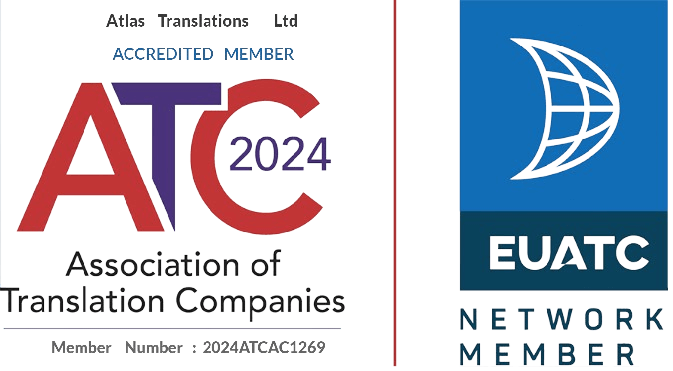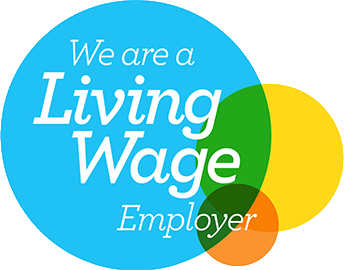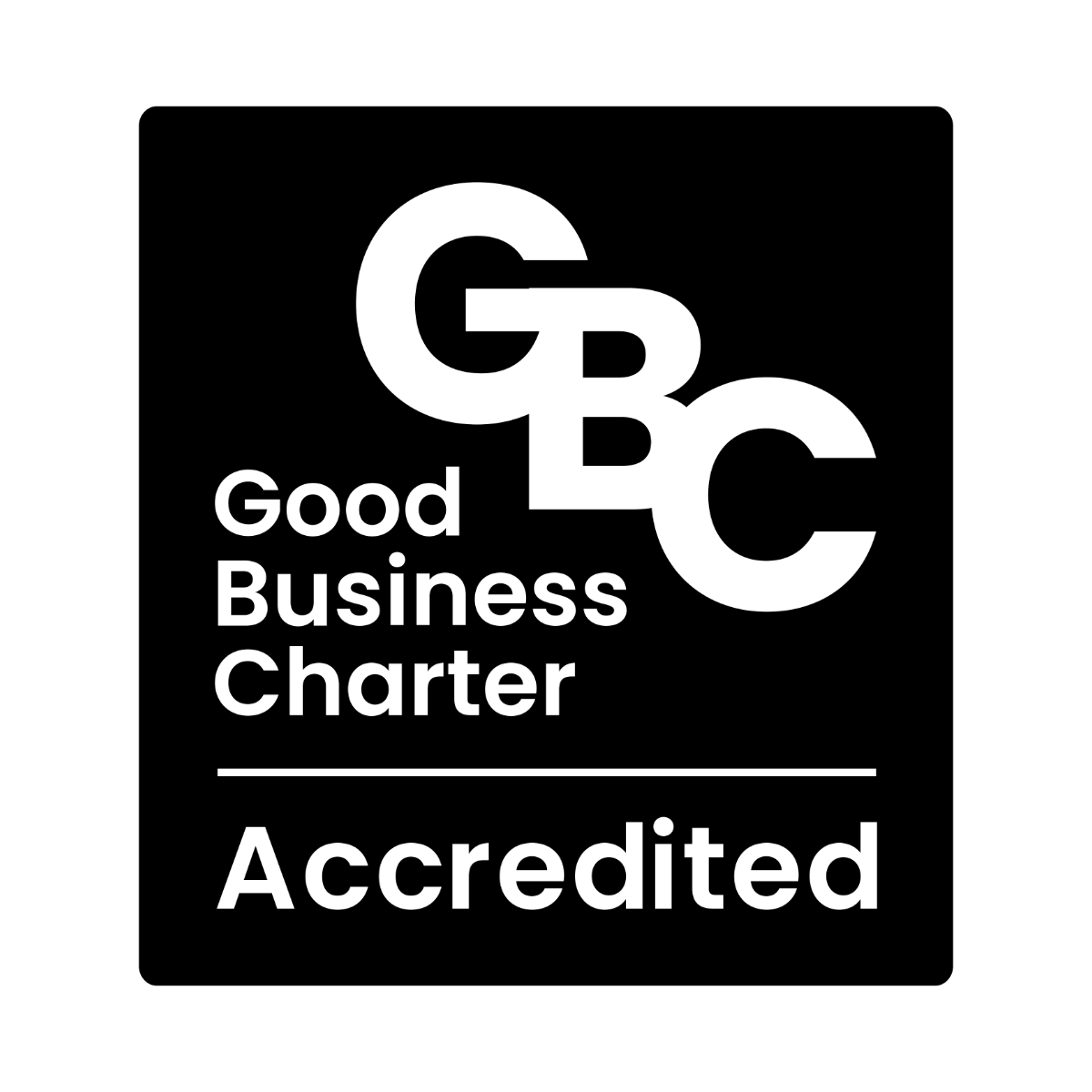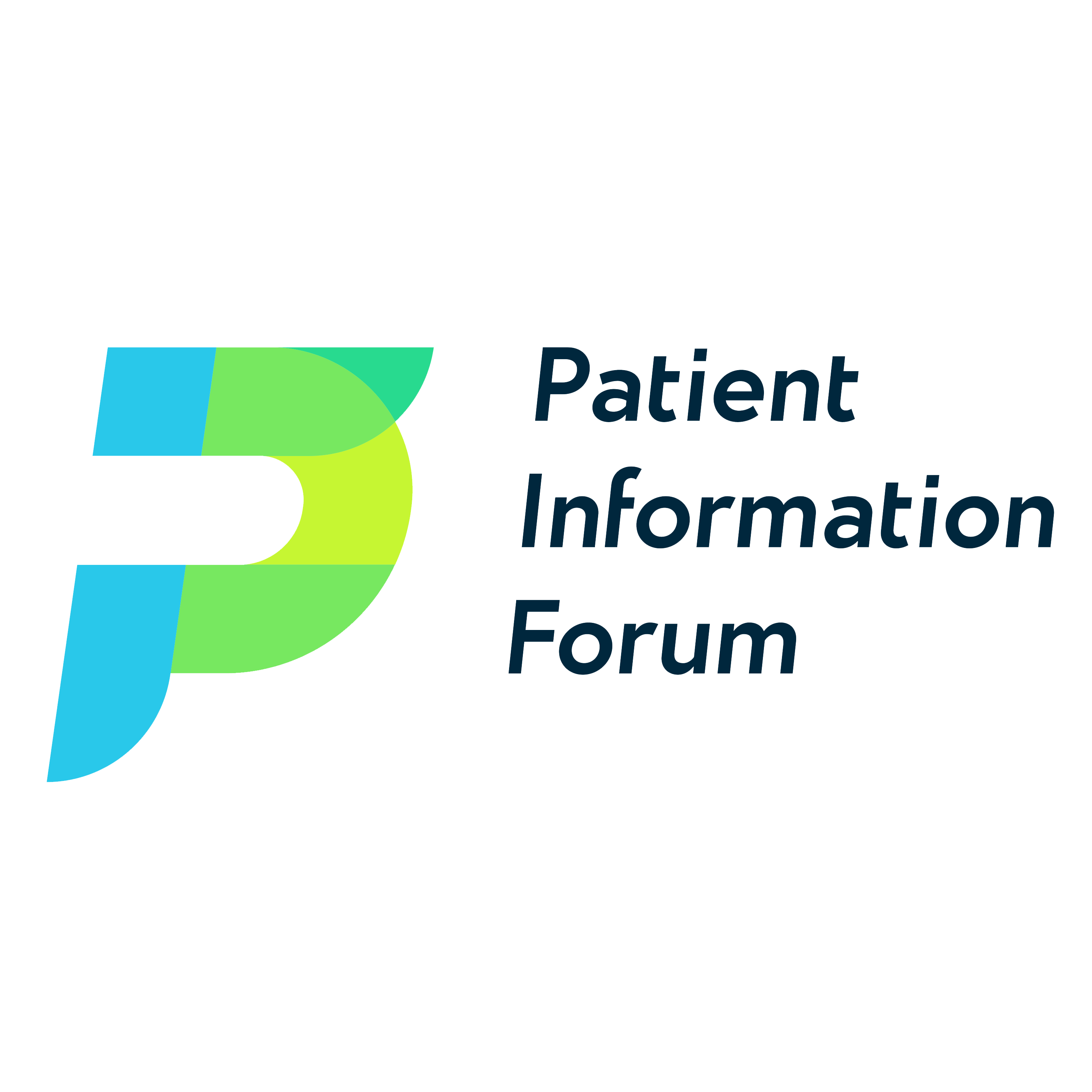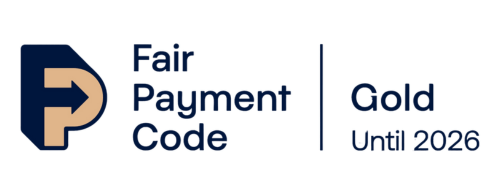Posted on15 October 2012
7 Commonly used and misused punctuation marks
Punctuction, read our guide to misused punctuation marks
1 – Comma (,)
- Use commas to separate items in a series. Example: Our itinerary included Rome, London, and Madrid.
- Use a comma before and, but, or, nor, for, so, and yet, when they join independent clauses (unless the clauses are short). Example: The story gets off to a slow start, but it gets exciting toward the end.
- Use commas to set off nonessential clauses and phrases. Example: My father, who started this company, really knows his stuff.
- Use a comma after introductory elements. Example: So, how are you?
- Use commas to set off an expression that interrupts a sentence. Example: Taxis in London, I’m certain, obey the speed limit.
- Use a comma in certain conventional situations (to separate items in dates and addresses, after the salutation and closing of a letter, and after a name followed by a title). Example: January 1, 1992.
- Don’t use unnecessary commas. Use them sparingly and only to clarify issues. Commas in the wrong places can be confusing.
2 – Apostrophe (‘)
- To form the possessive case of a singular noun, add an apostrophe and an s. Examples: Bob’s car; One’s home. If the addition of an “s” produces an awkward sound, add only the apostrophe. Usually, this is when there is already a double “s” sound. Examples: James’; for old times’ sake; for goodness’ sake.
- To form the possessive case of a plural noun, add an apostrophe after the s. Example: girls’ teams. If the plural form of the word does not end in s, add an apostrophe and an s. Example: women’s team.
- Use an apostrophe to show where letters have been omitted in a contraction. Examples: can’t = cannot; it’s = it is.
3 – Semicolon (;)
- Use a semicolon between independent clauses not joined by and, but, nor, for, yet, and so. Example: Read what you’ve written; don’t just pass it on.
- Use a semicolon between independent clauses joined by such words as for example, besides, nevertheless, etc. Example: I think he’s right; however, it’s difficult to know.
- Use a semicolon between items in a series if the items contain commas. Example: Winners in the competition were Bill, first place; Amy, second place; and Jeff, third place.
4 – Colon (:)
- Use a colon to mean “note what follows.” Example: When you go to training, take these items: paper, pencil, and an alert mind.
- Use a colon before a long, formal statement or quotation. Example: We remember Lincoln’s Gettysburg Address: Four score and seven years ago …
5 – Hyphen (-)
- Use a hyphen to divide a word at the end of a line. Example: If you are not sure where to hyphen- ate a word, look it up in the dictionary.
- Hyphenate a compound adjective when it precedes the word it modifies. Examples: fast-moving train, long-distance runner.
6 – Dash (–)
- Use a dash to indicate an abrupt break in thought. Example: The truth is – and you probably know it – we can’t do without you.
- Use a dash to mean namely, in other words, or that is before an explanation. Example: It was a close call – if he had been in a worse mood, I don’t think I’d still be here.
7 – Quotation Marks (” “)
- Put full stops and commas inside quotes.
- Put colons and semicolons outside quotes.
Vary placement of exclamation and question marks according to meaning.

